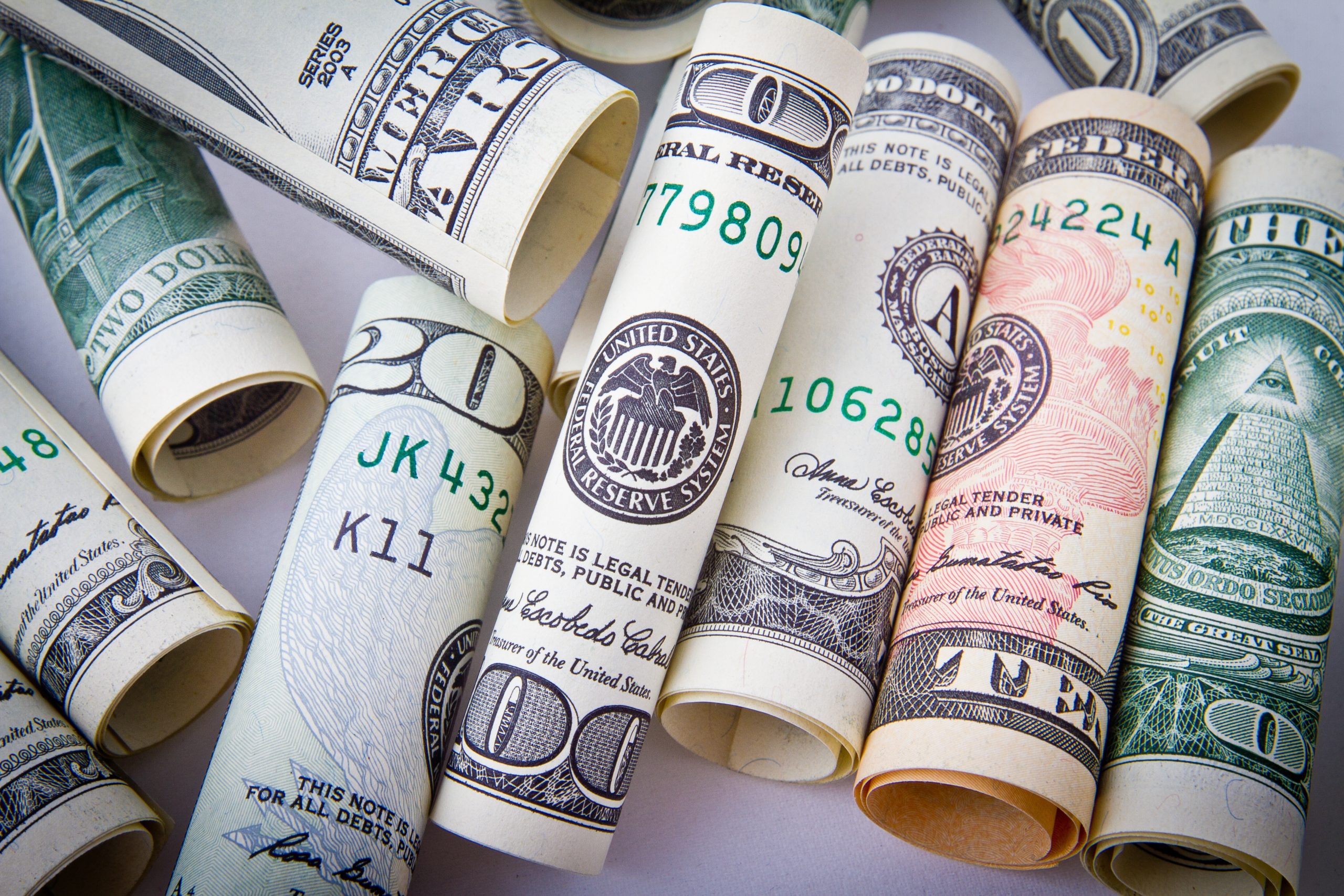In recent weeks, Credit Suisse has hit the headlines for all the wrong reasons. From their involvement in the Archegos Capital debacle to their $4.7 billion loss on Greensill Capital, it’s clear that something isn’t quite right at this Swiss banking giant. As investors and analysts start to question what went wrong, many are calling for a slower rate of rises as Credit Suisse tries to get its house in order. In this blog post, we’ll explore why this is so important – and what could happen if they don’t heed these warnings.
What is Credit Suisse?
Credit Suisse is one of the world’s largest banks. headquartered in Zurich, Switzerland, it serves clients in more than 50 countries. Credit Suisse offers a wide range of financial services, including investment banking, private banking, asset management, and insurance.
The bank has been in the news recently for all the wrong reasons. In February 2018, it was revealed that a rogue trader had racked up $4.7 billion in losses over several years. This led to the resignation of CEO Tidjane Thiam and an overhaul of the bank’s risk management procedures.
In the wake of this scandal, Credit Suisse has been trying to put its house in order. But the road to recovery is long and winding, and there are still many challenges ahead. One of those challenges is how to cope with the slow pace of interest rate rises from the US Federal Reserve.
For Credit Suisse, and other banks around the world, higher interest rates are a double-edged sword. On the one hand, they can boost profits by making it easier to earn money on loans and other investments. On the other hand, they also make it harder for customers to repay their debts, which can lead to defaults and write-offs.
In recent years, Credit Suisse has been hit hard by both sides of this equation. The bank has been struggling to boost profits as interest rates have remained at historically low levels. At the same time, it has had to contend with
What happened to Credit Suisse?
In the wake of the financial crisis, Credit Suisse was one of the hardest-hit banks. It was forced to write down billions in bad loans and its share price plunged. The bank has since been trying to recover, but it has been a long and difficult process. In 2018, the bank finally returned to profitability, but it is still far from its pre-crisis peak.
Why does this event demand a slower rate of rises?
Many experts have said that the event demands a slower rate of rise because it is a sign that the economy is not as strong as previously thought. This could lead to a recession if the Fed increases rates too quickly.
What will happen if the rates are not slowed down?
Without a slowdown in the rate of interest rate rises, Credit Suisse’s chaos could continue and intensify. This would lead to even more defaults and write-downs, as well as increased pressure on the banking system. This in turn could lead to a financial crisis, which would be very difficult to recover from.
Conclusion
We have seen why credit suisse’s chaotic situation demands a slower rate of rises. Firstly, the company needs to deal with its existing issues before making any new moves, and secondly, it should take more precautionary measures in order to prevent such chaos from happening again in the future. With careful planning and strategic decision-making, Credit Suisse can bounce back from this difficult time and ensure its long-term success.




